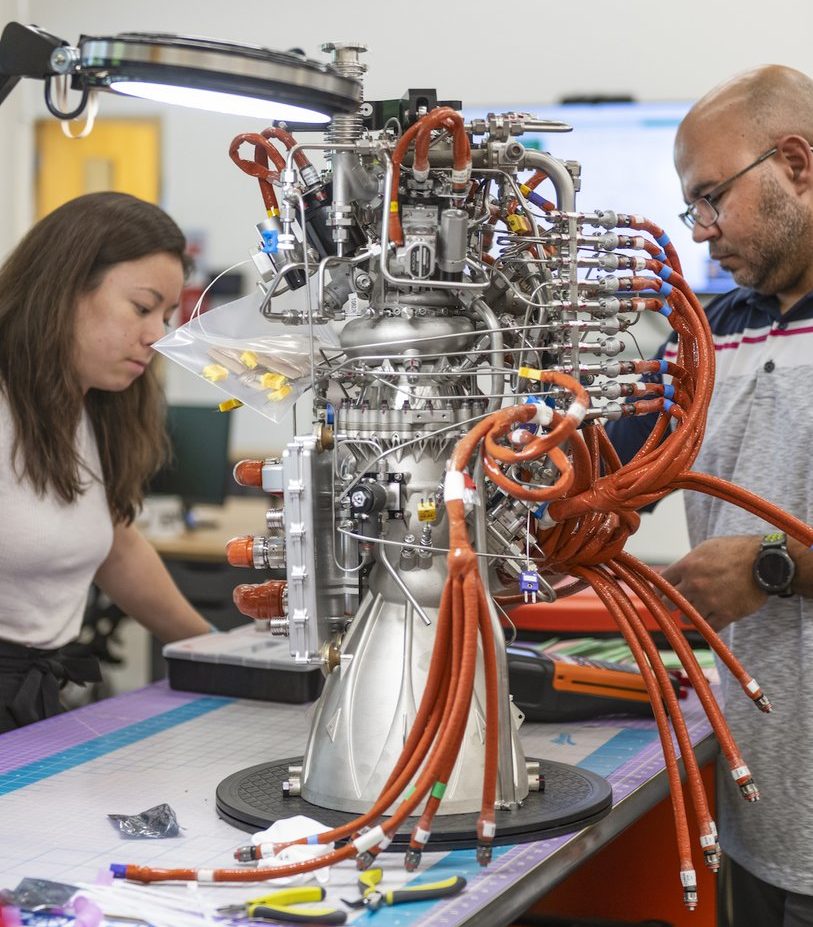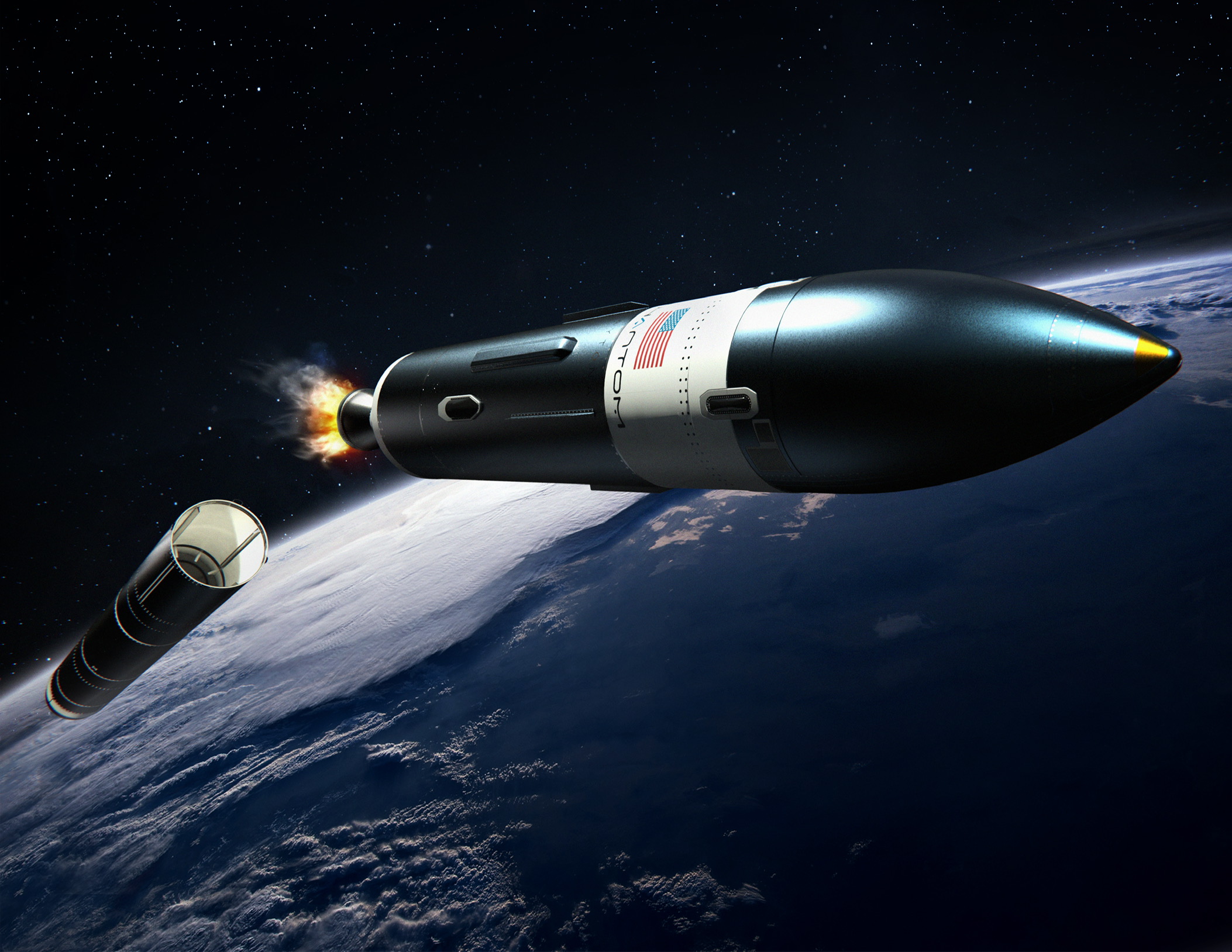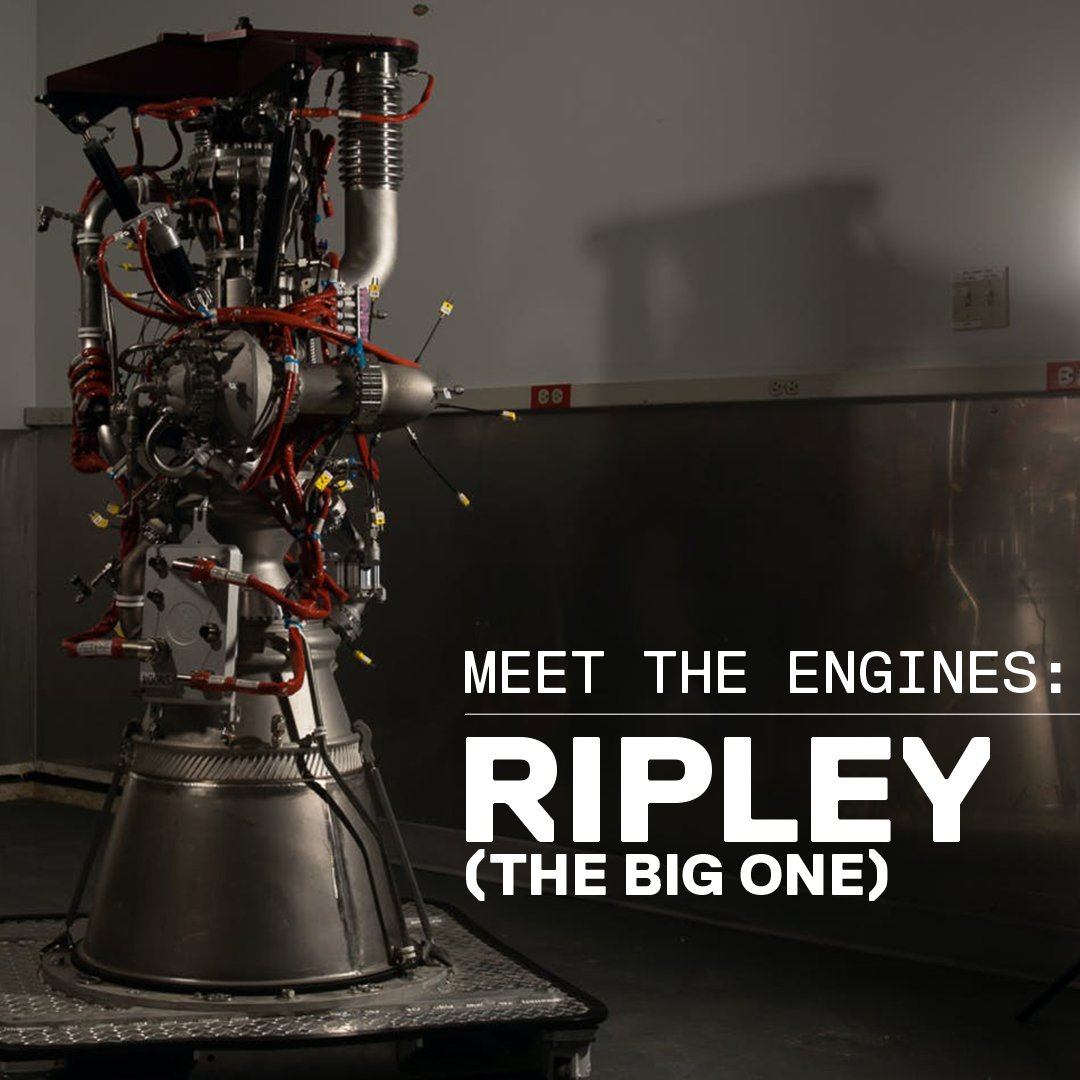Designing and building rocket engines is the sole purpose of Colorado-based startup Ursa Major, and it’s getting noticed. Propulsion capabilities are crucial to widening our gateway to space, and the better they are, the more we can explore. From its outset, company founder and former propulsion engineer at SpaceX and Blue Origin, Joe Laurienti, understood the need to optimize the unique part creation of engines for launch and hypersonic applications. Since then, the startup has focused its attention on cutting-edge 3D printing techniques that helped create and power a new generation of space vehicles.
In the last few years, Ursa Major has raised over $133 million in funding over eight rounds––it’s latest being $85 million from a Series C round––and has ramped up production with the recent acquisition of its facilities and property at Berthoud, Colorado. Driven by a budding private aerospace industry, Ursa Major plans to become the Rolls Royce or GE of rocket engines. As a third-party propulsion manufacturer, the startup can focus exclusively on its engines which are already “pushing technology to the edge of possibility,” as the company states on its website while lowering the cost and risks of the most expensive, time-consuming, and risky aspect of space launch.
One of its recurring clients is Phantom Space, a new space transportation provider developing micro-satellite, small satellites, and propulsion systems launch services. Since its inception in 2019, Phantom has relied on rocket engine supplier Ursa Major and has now announced an order for more than 200 of its rocket engines. The contract includes the company’s 5,000-pound thrust Hadley engines, capable of launching orbital and suborbital vehicles, and the new 50,000-pound thrust Ripley engines, which can provide a boost propulsion solution for vehicles intended for space orbit.
Ursa Major’s first batch of Hadley engines will power Phantom’s integrated hot fire test of its Daytona rocket in June 2022 at Spaceport America in New Mexico, with an orbital launch slated for 2023, just three years after Phantom Space was formed, and representing the shortest time to orbital flight on record. The Daytona is a mass-manufactured expendable two-stage rocket that can transport satellites and other space cargo up to 450 kg in mass into Earth orbit and beyond.
Much like Ursa Major expects to become the go-to rocket engine manufacturer, Phantom Space wants to be the “Henry Ford of rockets,” making enough spacecraft to launch 100 missions a year. The Arizona-based launch company’s ambitious schedule for the next decade would help lower access barriers to space through mass manufacturing in the U.S., democratizing access to space, and creating a more affordable space economy, which is basically what most of the new space startups are aiming for.
Under the terms of the agreement, Ursa Major will supply hundreds of its Hadley engines in different configurations, including ground test and upper-stage vacuum variants, as well as numerous Ripley engines for planned upgrades to the Daytona vehicle.
Phantom will use Hadley and Ripley in launch configurations optimized for cost, performance, time-to-market, and reliability. For example, the first iteration of Daytona will have nine Hadley engines for its first stage and a single Hadley for its upper stage. Alternatively, an upgraded Daytona will debut in 2024 using a single Ripley engine on the first stage with a Hadley engine for the upper stage. While the larger Laguna rocket, set for 2025, will be powered by a combination of Ripley and Hadley engines to increase the mass performance of the vehicle.
Commenting on the deal, Phantom Space CEO Jim Cantrell said his company’s strategy leverages a mature US-only supply chain to deliver the lowest cost US-built small launch vehicle on the market.
“Ursa Major is a core component of this strategy with flight-ready, reliable, high-performance engines that are configurable for not only our workhorse Daytona and Laguna launch vehicles but also a family of enhanced future launch configurations. Ursa Major’s combination of affordability and a ‘get it done’ attitude has made them a complete pleasure to work with,” highlighted Cantrell.

Turbo design engineer Stephanie Gavell (L) and build operations manager Chaka Smith (R) assemble one of Ursa Major’s Hadley engines. Image courtesy of Ursa Major via Twitter.
At its Berthoud site, the Ursa Major team designs, engineers, and assembles the engines before testing them. The company has produced dozens of propulsion systems throughout the last two years, predominantly using direct metal laser sintering (DMLS) 3D printing technology, computer-aided design, and proprietary alloys. In 2020, the company expanded its test facilities with the grand opening of the UB01 control center and activated its second test stand, where an upgraded version of the Hadley engine ran for thousands of seconds. To date, Ursa Major engines have accumulated more than 35,000 seconds of run-time; more than a standard engine is tested before the first flight.
Through this new agreement, the companies are breaking away from the long-established process of purchasing engines from Russia or Ukraine (which are no longer available) or building engines in-house at a great expense, as some of the largest aerospace companies currently do. Instead, the deal is part of what Laurienti describes as a reimagining of the US space industry, with the “revolutionary assumption” that the nascent sector can have “virtually on-demand access to domestically made, high-performing, affordable, and reliable propulsion.”
With this deal, Phantom and Ursa Major will add critical launch capacity to the market at a time when several record-sized orders for launch vehicles have appropriated available launch capacity over the next decade.
Subscribe to Our Email Newsletter
Stay up-to-date on all the latest news from the 3D printing industry and receive information and offers from third party vendors.
You May Also Like
Gorilla Sports GE’s First 3D Printed Titanium Cast
How do you help a gorilla with a broken arm? Sounds like the start of a bad joke a zookeeper might tell, but it’s an actual dilemma recently faced by...
Nylon 3D Printed Parts Made More Functional with Coatings & Colors
Parts 3D printed from polyamide (PA, Nylon) 12 using powder bed fusion (PBF) are a mainstay in the additive manufacturing (AM) industry. While post-finishing processes have improved the porosity of...
$25M to Back Sintavia’s Largest Expansion of Metal 3D Printing Capacity Since 2019
Sintavia, the digital manufacturing company specializing in mission-critical parts for strategic sectors, announced a $25 million investment to increase its production capacity, the largest expansion to its operations since 2019....
Velo3D Initiates Public Offering in a Bid to Strengthen Financial Foundations and Drive Future Growth
Velo3D (NYSE: VLD) has been among a number of publicly traded 3D printing firms that have attempted to weather the current macroeconomic climate. After posting a challenging financial report for 2023,...

































